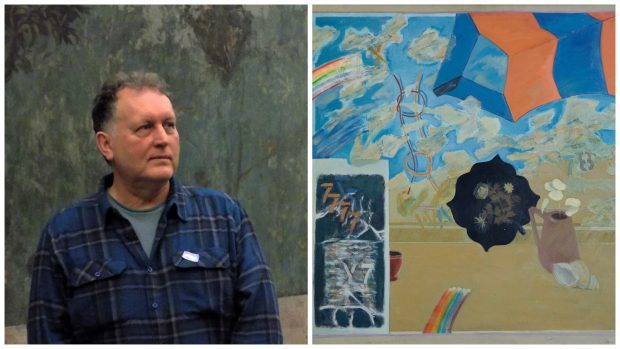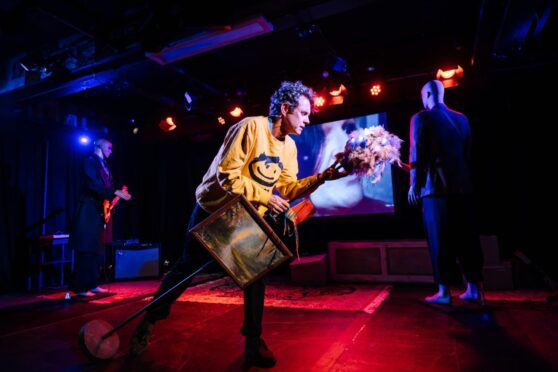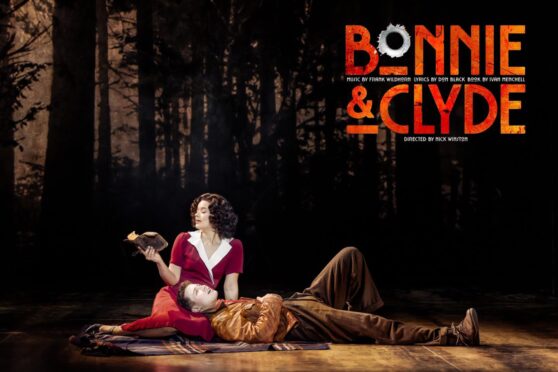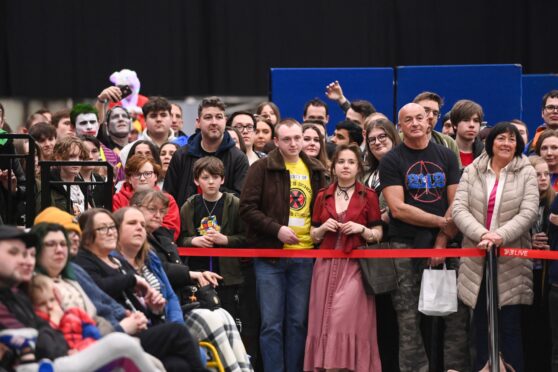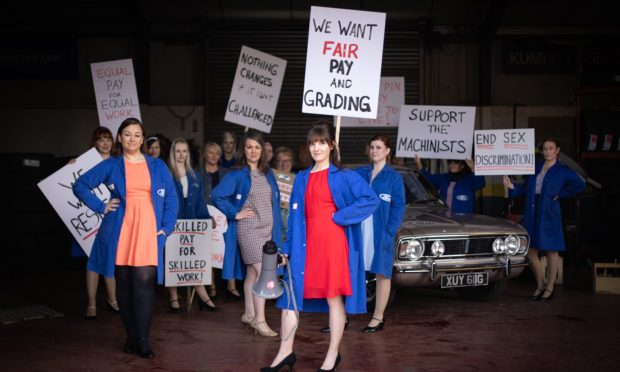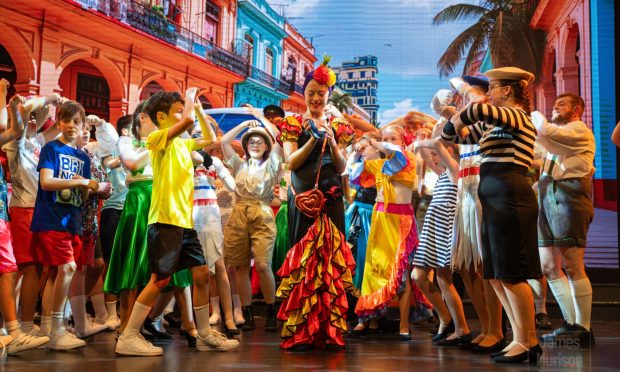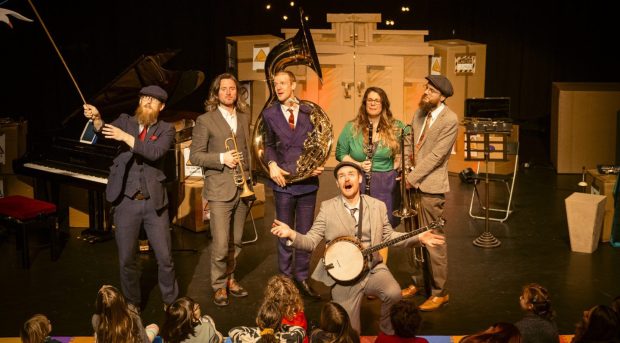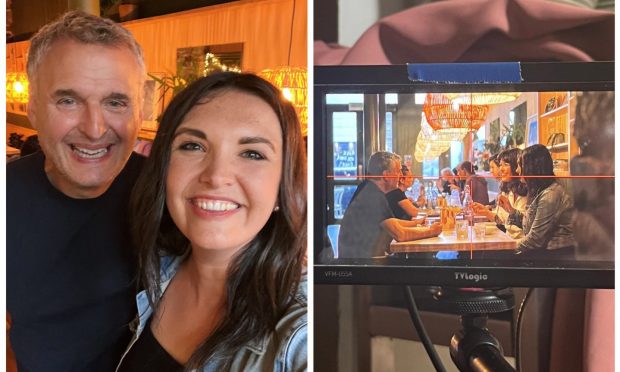Duff House is hosting a one-off exhibition of works from Robert Gordon University’s art and heritage collection.
The display, entitled It All Started With A Still Life, looks back in time to explore the history of Gray’s School of Art.
The latter establishment is one of the oldest and most well-regarded fine arts institutions in Scotland.
Running until June 4, the new exhibition will display a selection of works taken from RGU’s art and heritage collections which houses around 1,600 artworks as well as photographs, posters and oral history recordings.
One of the featured artists, Ian Robertson, has not seen his work since he graduated back in 1980.
He said: “Still Life With East Wind was completed early in 1979 during my diploma year at Gray’s. I had not seen it physically since the end of my Post-Diploma year in 1980.
“Being able to see it again, in the context of the show at Duff House, with work from my former classmates and tutors, and more recent graduates seemed very apt as well as satisfying.”
Mr Robertson added that witnessing his work again took him right back to the studio.
He said: “I did feel that it was me that was returning to the painting rather than the other way about and looking at it was something akin to opening a time capsule.
“I could vividly remember the ideas that I was exploring, the conversation and advice of my tutors and the camaraderie of my classmates – and the smell of turpentine.”
George Cheyne, collections assistant for the RGU art and heritage collection, added: “Every year, we write a further page in the history of Gray’s School of Art and most importantly, those who have and do study there. We owe this to John Gray.
“The exhibition permits us to reflect upon John Gray who was responsible for supporting the development of a School of Art in Aberdeen in the 1880s.”
The exhibition is open from Monday to Sunday, and 11am to 5pm, until June 4.
